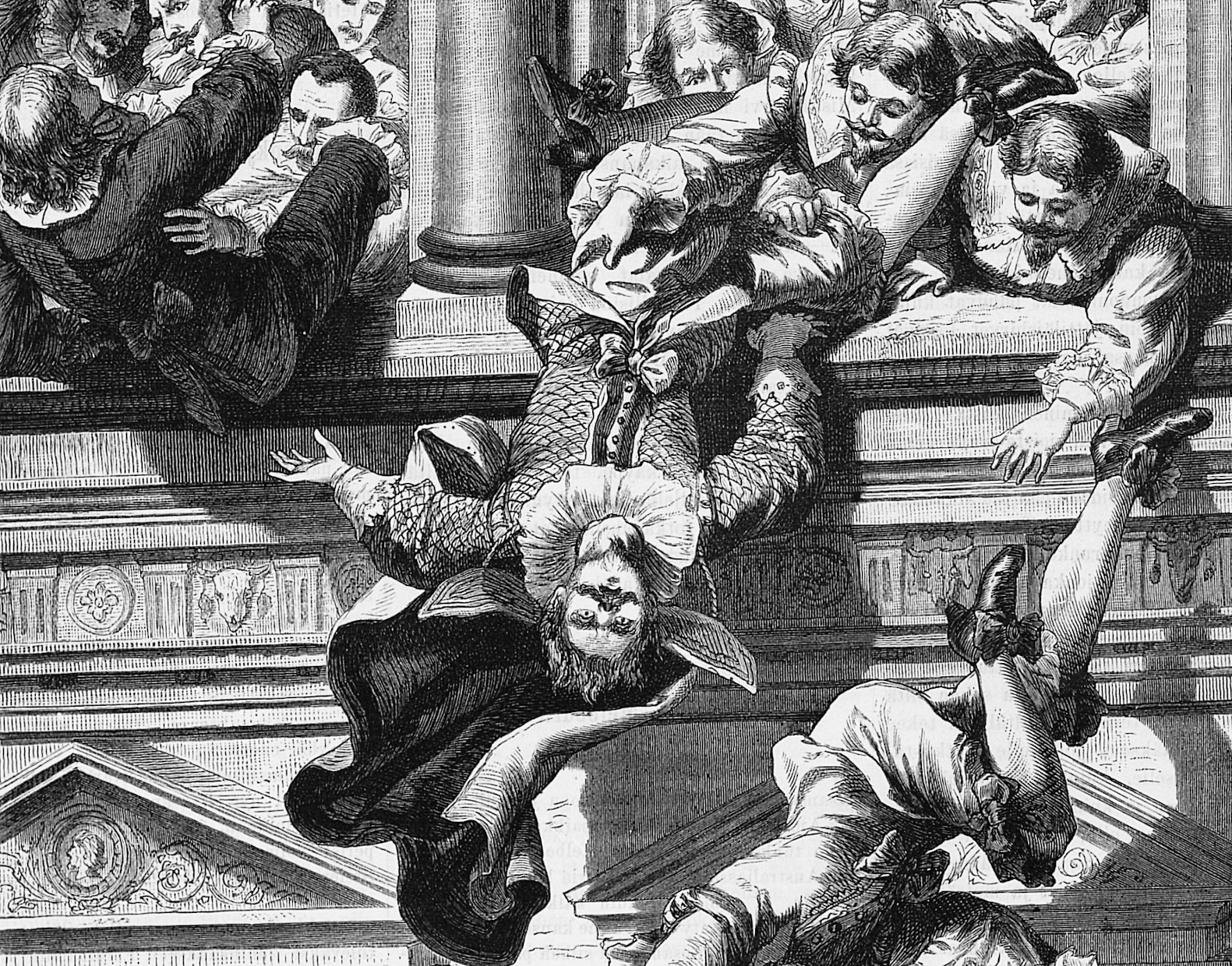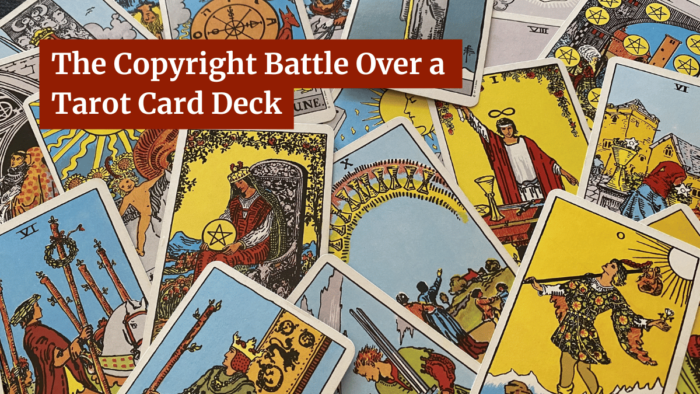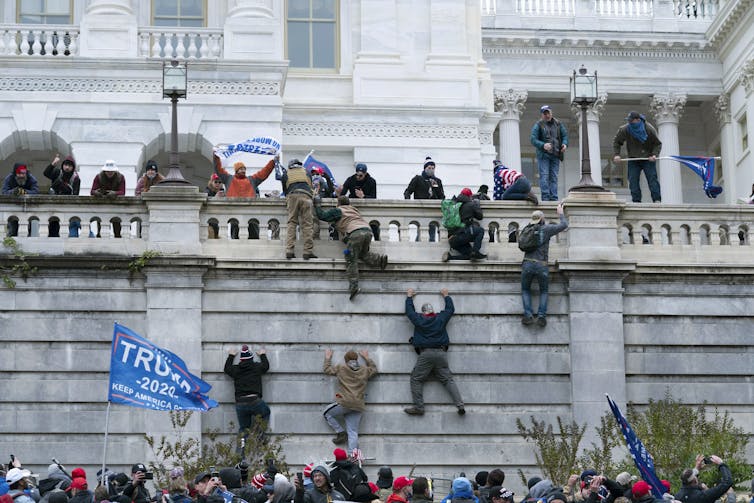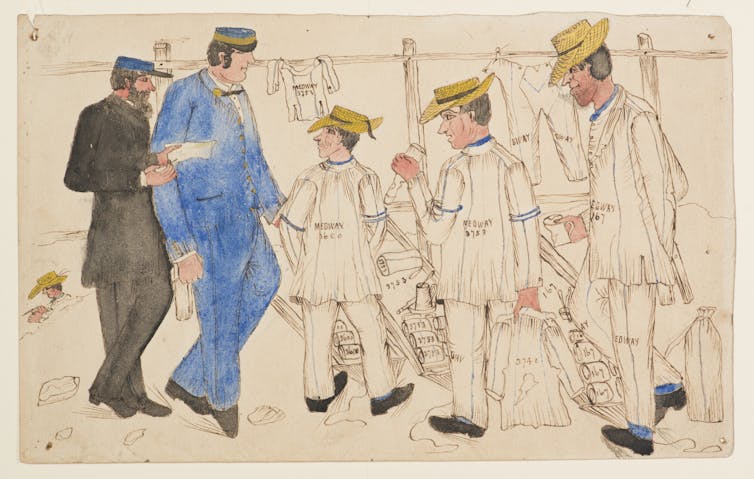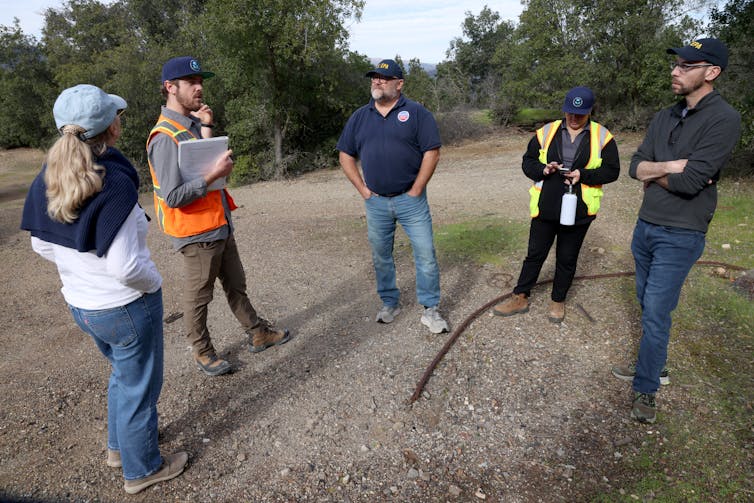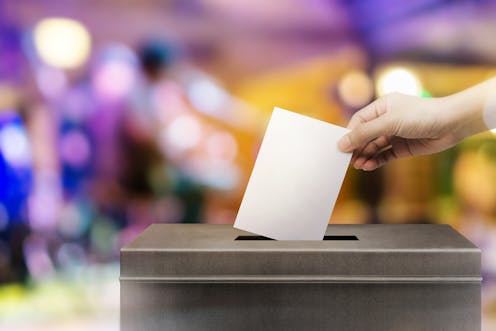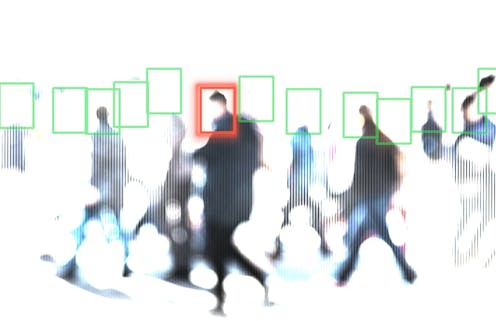As the calendar turns to summer, we’re always looking for reasons to get out of the house, and one of our favorite experiences in Tampa encapsulates thousands of years of interactive Florida and Tampa Bay Area history. For kids, adults, and all curious minds, the Tampa Bay History Center is one of the region’s must-visit museums.
From a gigantic pirate ship and a virtual cruise through the Port of Tampa, to a pioneer cabin, Seminole history, and incredible dining at Columbia Cafe, the 60,000-square-foot museum houses an incredible array of experiences highlighting 12,000 years of Florida’s history. With rotating exhibits constantly arriving and a fantastic set of permanent collections, it’s always worth spending an afternoon roaming the cavernous galleries of the Tampa Bay History Center. See the full list of exhibits and get tickets here.
Pro tip: if you become a History Center member, you can get discounts at even more of the area’s best experiences. In April, members get $3 off per ticket at Tampa Theatre; in June they get free admission to the Tampa Museum of Art; and all year round, they get 50% off admission to The Florida Aquarium.

See Florida’s decade of change in the 1920s
Two historic exhibits are now in their final months at Tampa Bay History Center, appropriately showcasing a slice of history that commemorates 100 years since Florida as it had been known for thousands of years suddenly became the modern destination we know and love today.
The 1920s Florida Land Boom transformed almost every aspect of life in Florida, and between 1920 and 1930, the state’s population soared from 968,470 to 1,468,211. That wild increase – both the factors behind it and the effects it had – is beautifully detailed in “Sharps & Marks in Paradise: Selling Florida in the 1920s.”
Much of the “Old Florida” style we think of now was born in that time, as bootleggers flooded cities with prohibited booze, flappers danced to jazz, and workers erected bungalows and Mediterranean Revival-style suburban homes in Florida in the 1920s. All was not sunshine and daisies, however. Florida’s Jim Crow system was also being violently enforced at the time which, combined with so many other cultural headwinds, created quite the busy – and sometimes controversial – period of time as Florida first grew into modernity. That story is incredibly well-told in Tampa Bay History Center’s “Decade of Change: Florida in the 1920s.”

Sail the high seas and discover real treasure on Water Street
Tampa Bay History Center’s permanent collection is always a sight to see, and a favorite for all ages is the pirate ship housed on the museum’s fourth floor. Featuring a 60-foot, 18th-century pirate ship as its centerpiece, the “Treasure Seekers” exhibit introduces guests to the explorers who landed in “La Florida” more than 500 years ago as well as little-known pirates like “Calico” Jack Rackham and Anne Bonny, who prowled Florida’s coasts in the 1700s.
Meanwhile, as vintage and historic maps continue to hold a place in Floridian pop culture, Tampa Bay History Center has one of the most incredible cartographic exhibits in the country. The Touchton Map Library and Florida Center for Cartographic Education is home to thousands of maps, charts, and other documents dating back from the early European exploration of North America more than 500 years ago up through the early 21st century.

Experience Florida and Tampa history – without leaving the AC
Throughout its four floors of galleries and experiences, Tampa Bay History Center has a long list of interactive experiences, transformative galleries, and films that take you straight back in time (and often out on the water). Guests can set sail with European explorers, or with some of Florida’s last pirates. They can experience what life was like in the original Cigar City. They can uncover lost artifacts, sit in on conversations between Conquistadors and Florida’s first indigenous people, and walk through 500 years of slavery in Florida – including the path to freedom in the Sunshine State.
And there’s plenty to experience in the present day, as well. You can trace the history of baseball in Tampa Bay, the burgeoning beer scene in the region, and all the things that keep our region so vibrant. From ancient stories to modern-day showcases, all things Tampa and Florida can be found.
The Tampa Bay History Center is located at 801 Water Street in Tampa. Featuring a collection showcasing the best of the History Center’s 90,000+ artifacts, the museum is open daily from 10 am – 5 pm. Learn more and get tickets here. And while you’re there, we highly recommend making time for lunch at Columbia Cafe inside the museum, overlooking the Tampa Riverwalk and showcasing the iconic cuisine that made the restaurant famous.
What to read next:
- Waterfront putt-putt experience in Water Street Tampa
- NCAA Women’s Final Four returns to Tampa in 2025
- Tampa Bay Rooftop Bar Guides
- U Tampa swimmers are headed to the Olympic Trials this summer
The post Pirates to Paradise: Experience 12,000 years of Florida at Tampa Bay History Center appeared first on That's So Tampa.












